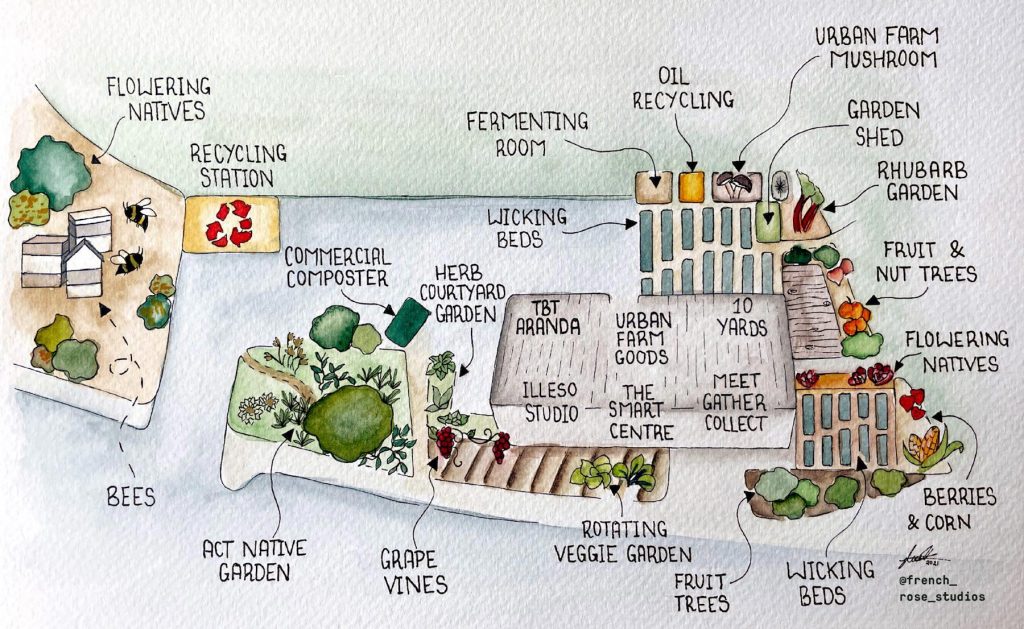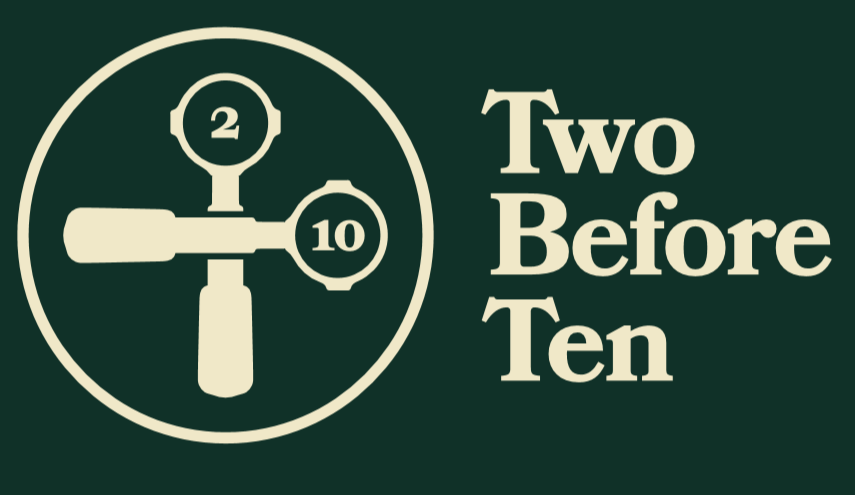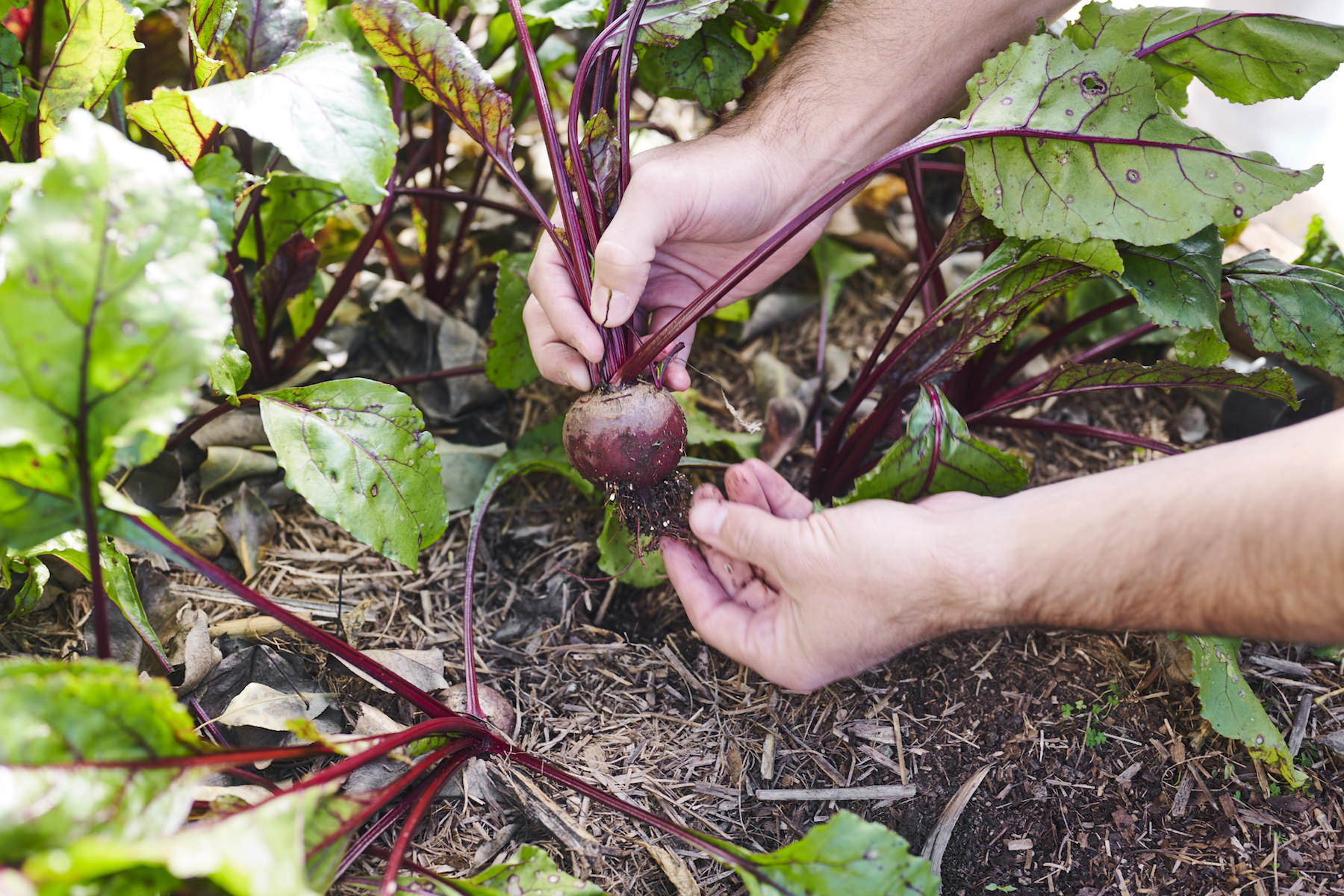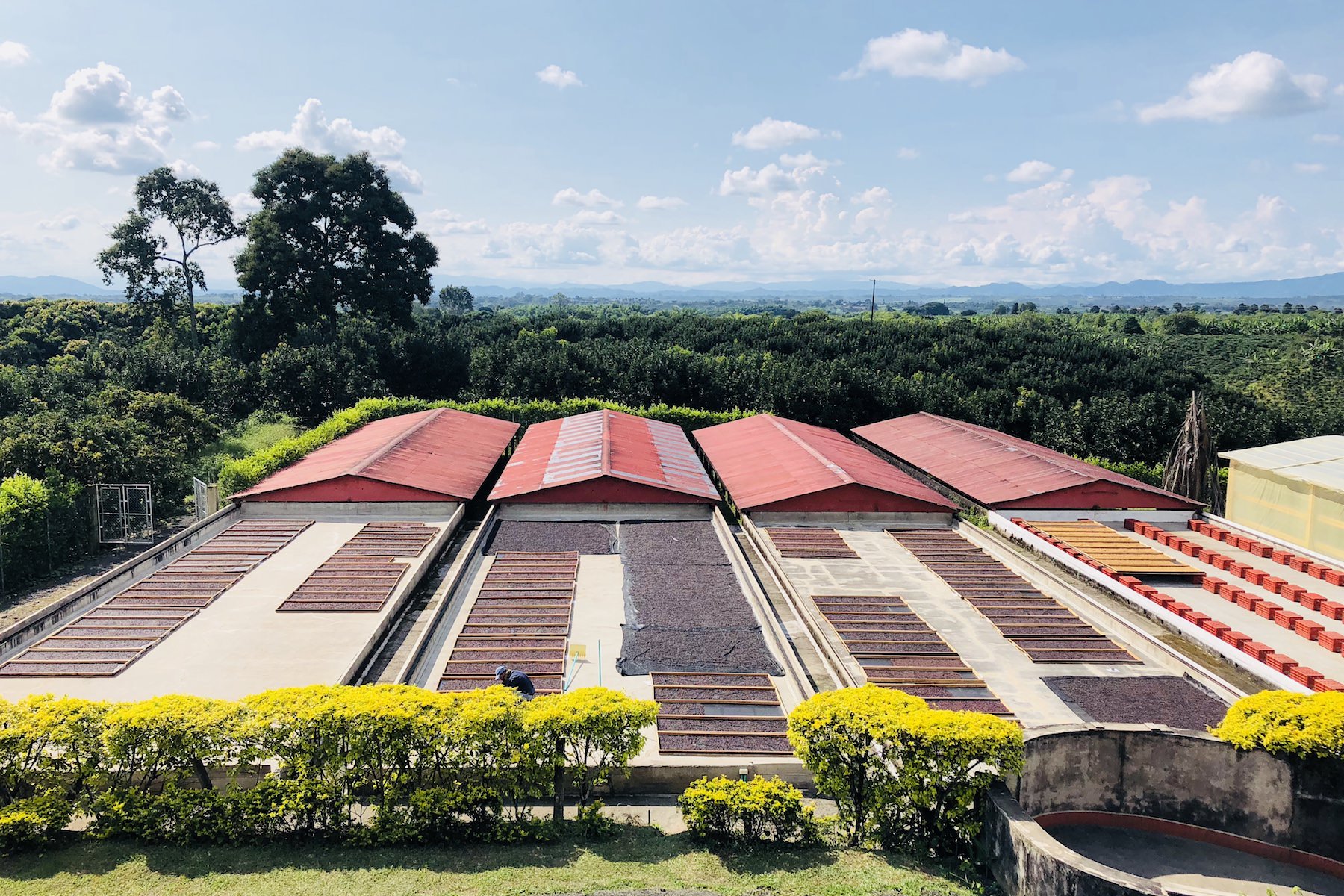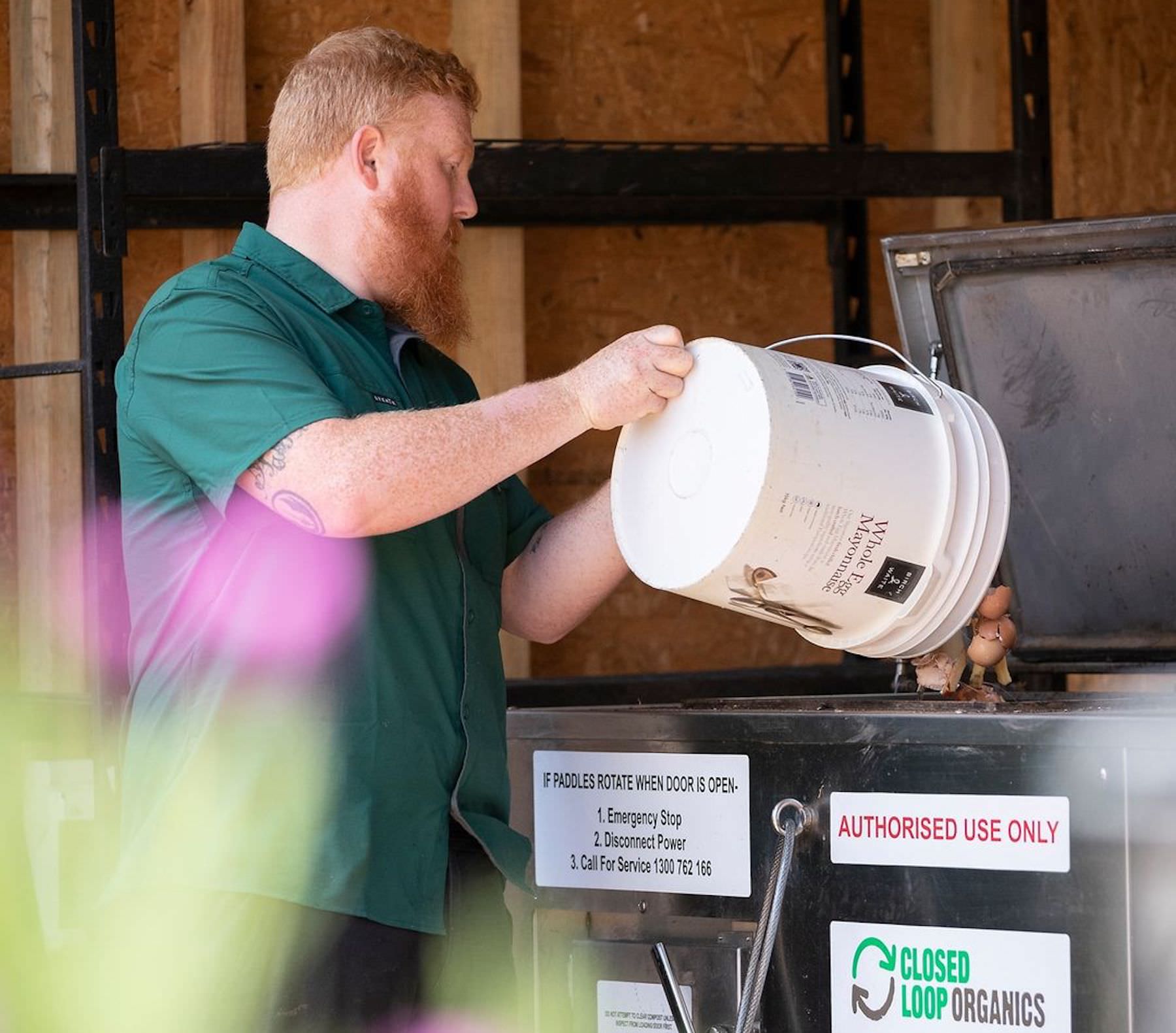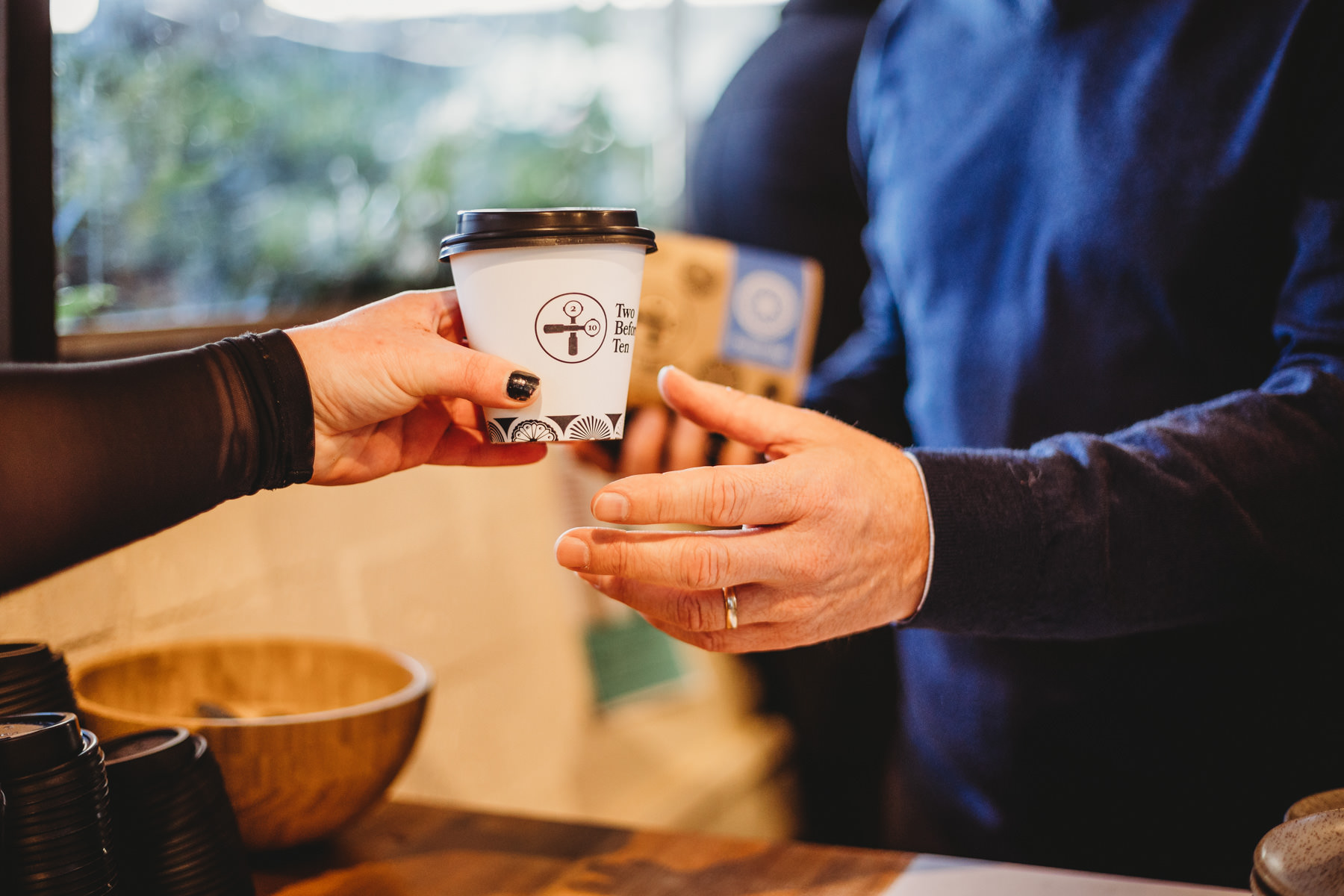The benefits of growing our own food at the Aranda Urban Farm
Here in Australia we have access to just about anything and everything we could want. The convenience of grocery stores, local markets and even fresh food deliveries means a last minute order of vegetables is never far away. So what's the value in growing your own food? Why should we invest so much time and energy into the uncertainty of growing backyard crops in the volatile Canberra weather? The many advantages of hyper-local, freshly picked produce make all that effort worth it. Here are 6 reasons why we grow food at the Aranda Urban Farm.
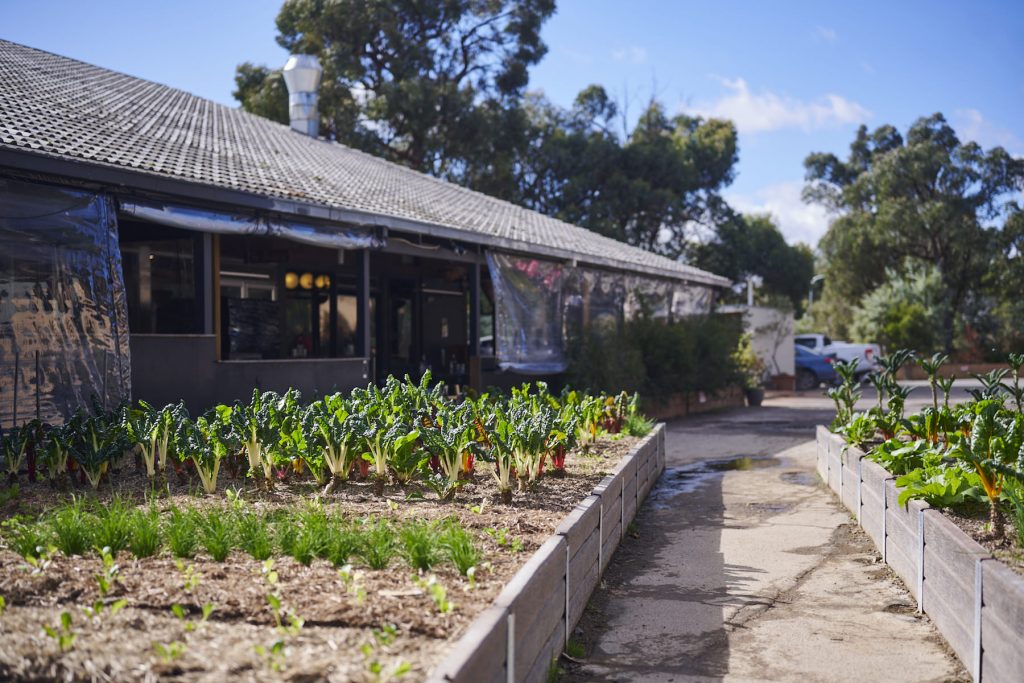
Keep transport emissions low
A huge benefit of growing food locally is one that generally goes unseen. When we grow, harvest, prepare and serve fresh produce all on-site at the Aranda shops, the greenhouse gas transport emissions are effectively reduced to zero. Climate action is a key pillar of the UN's Sustainable Development Goals that guide our sustainability efforts at Two Before Ten. Combating the impacts of climate change is something we feel is important to take responsibility for and do our part where we can.
Produce from the Aranda garden gets shared amongst the other Two Before Ten venues across Canberra too. Our cafes in Barton, Dickson, Greenway, Brindabella and Canberra city all receive regular deliveries of urban farm produce. While this does add on a few food miles it's still a major improvement on ordering food that is grown, warehoused and delivered across multiple states or even brought in from overseas.
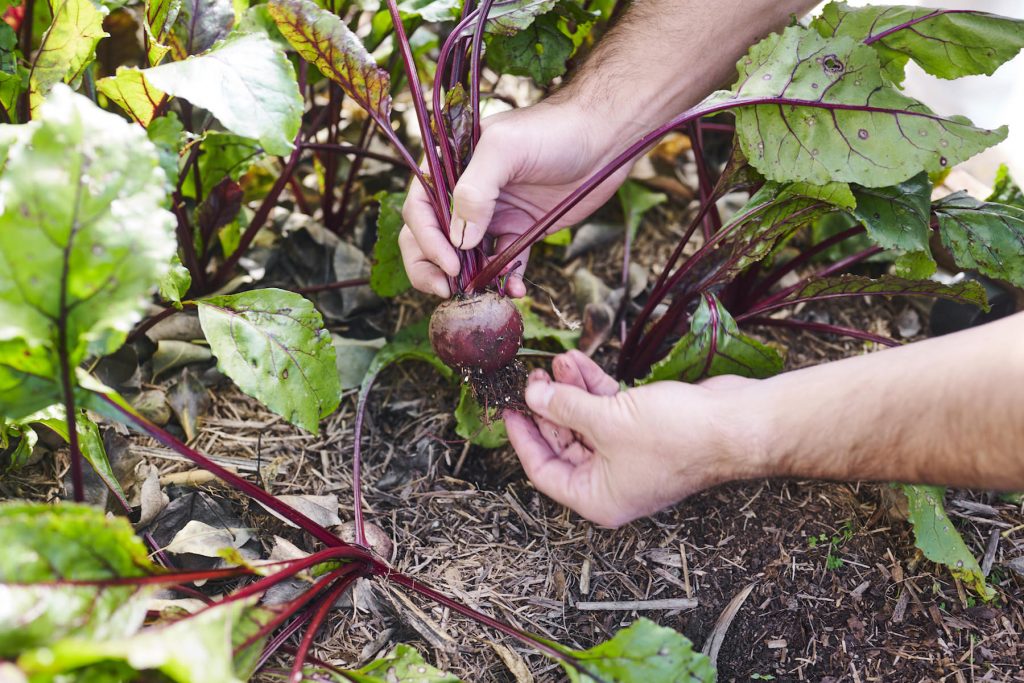
Seasonally grown foods have higher nutrition
Research how shown that eating seasonally is also better for our health. Fruits and vegetables forced to ripen out of season or harvested before they’re ready often contain lower levels of vitamins and minerals. With a shorter growing season there isn't enough time for plants to absorb nutrients. Combined with the practices used to encourage faster growth and you could be chomping down on produce that's severely lacking in nutrition.
One example of a harmful substance from fruits and vegetables that have been picked too soon and artificially ripened is lectin. Part of a plant's natural immune system, it protects the precious seeds from predators until the fruit is ripe and viable, at which point the plant sends out messages to decrease the lectin levels. Consuming too much lectin from unripe vegetables can cause the human gut biome to become unbalanced.
Food that is transported long distances loses nutrition on its journey too. It has been shown that produce is most nutrient-rich right after being harvested. When we eat food that is grown far away it can take a week or more to get to us, its vitamins and antioxidants decreasing day by day. Storage conditions, temperature control and even gases such as ethylene used for artificial ripening or preserving during transport all contribute to produce that may look beautiful but is lacking in some of the health benefits we expect from fresh food.
When allowed to grow in season, with the right climate, plants have the time and resources needed to grow their fruit and vegetables to its ideal ripeness. It's for these reasons that Two Before Ten menus only use produce that is available seasonally and locally.
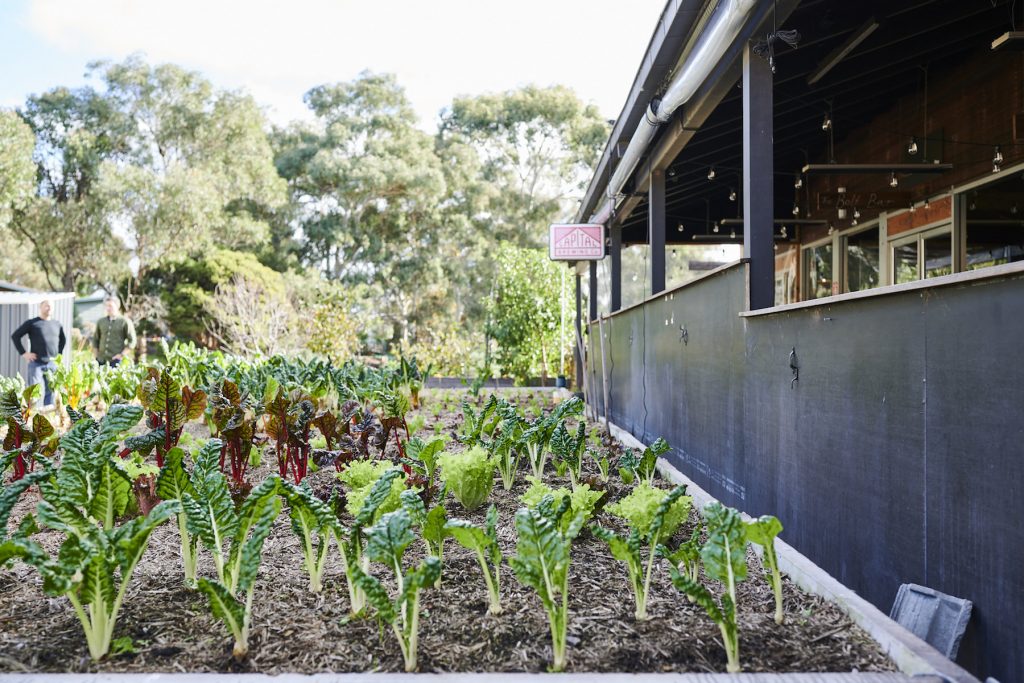
Fresh produce is more flavourful
We've all heard that fresh produce tastes better, but is it true? How we perceive something to taste is a combination of sight, texture, flavour, smell. From the time a vegetable is picked each of these elements start to degrade unless they are preserved one way or another.
Just by looking at a head of lettuce you can take a guess how fresh it is. The leaves start to wilt, it will feel softer due to moisture loss, and you might notice a reduction in smell. Sugars begin transitioning to starch from the moment produce is harvested. Once live cells are separated from the root the enzymes start to break down the nutrients, using up their stored energy and losing moisture.
Preserving produce when it's at its ripest can help extend the life and time we have to use it. Techniques like fermenting and pickling can effectively freeze a fruit or vegetable at it's most flavourful point and even add beneficial bacteria and other health benefits. On the other hand, preserving unripe produce for transport using waxes, sprays, temperature or other techniques can give us the opposite effect. A tomato picked green will never reach the flavour of a fresh, juicy red tomato.
Some crops degrade faster than others. In fact bananas are actually at their sweetest more than a week after harvest. This is not the case for most vegetables. A study by Purdue University found that older cultivars of sweet corn will lose 50% of their flavour within 12 hours of picking. This is why we prioritise growing vegetables that are most valuable when ultra-fresh like silver beet, lettuce, tomatoes, herbs, zucchinis, spring onions, spinach and mushrooms. These are picked by kitchen staff in the mornings and as needed throughout the day, ensuring their dishes are packed with flavour.
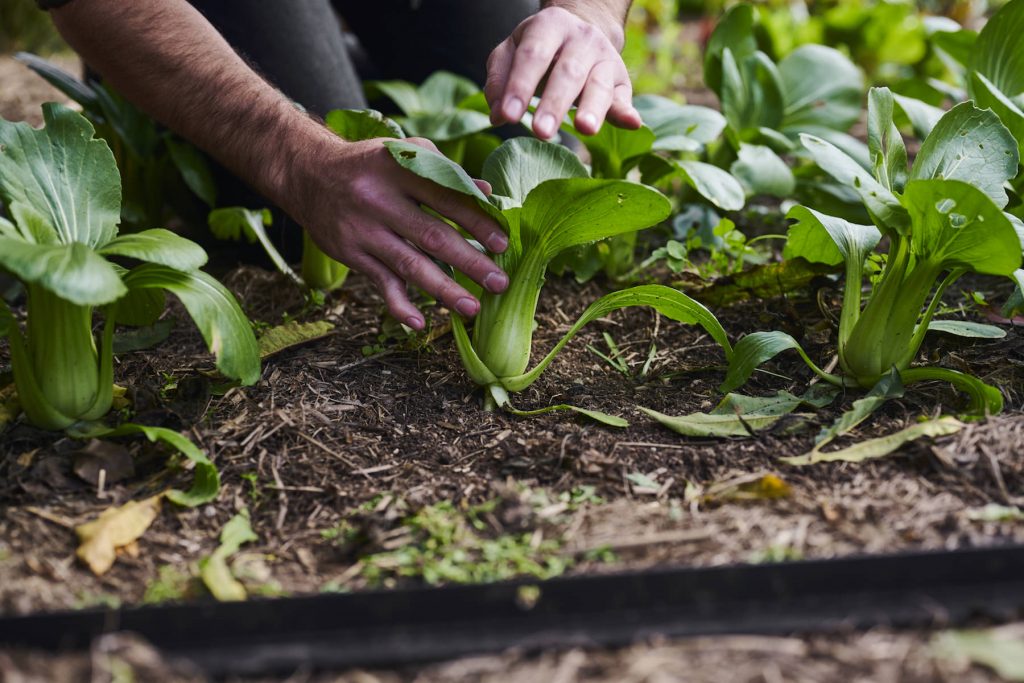
Eliminate single-use packaging and reduce food waste
An obvious benefit to growing lots of fruit and veg on-site is the reduction in wasted food. Years of experience maintaining the garden and working with the kitchens has led the Urban Farm team to develop an efficient growing calendar that's well suited to the Canberra growing climate. The core menu is packed full of ingredients that showcase the garden throughout the year. When we get a glut of produce (hello zucchini season!) they get worked into the specials at each Two Before Ten venue, challenging the chefs to find creative ways to present a familiar product. Being in close proximity to the garden means our staff are walking past capsicums and kale and cauliflower each day, observing how they grow and ripen. The Urban Farm team can work with chefs to coordinate harvest, ensuring nothing goes to waste.
Using food directly from the gardens greatly reduces single use packaging too. After picking and washing, gardener Liam packs the garden produce into large, reusable containers and delivers them to the kitchens. The containers are washed and returned again and again. No need for plastic bags or cling wrap.
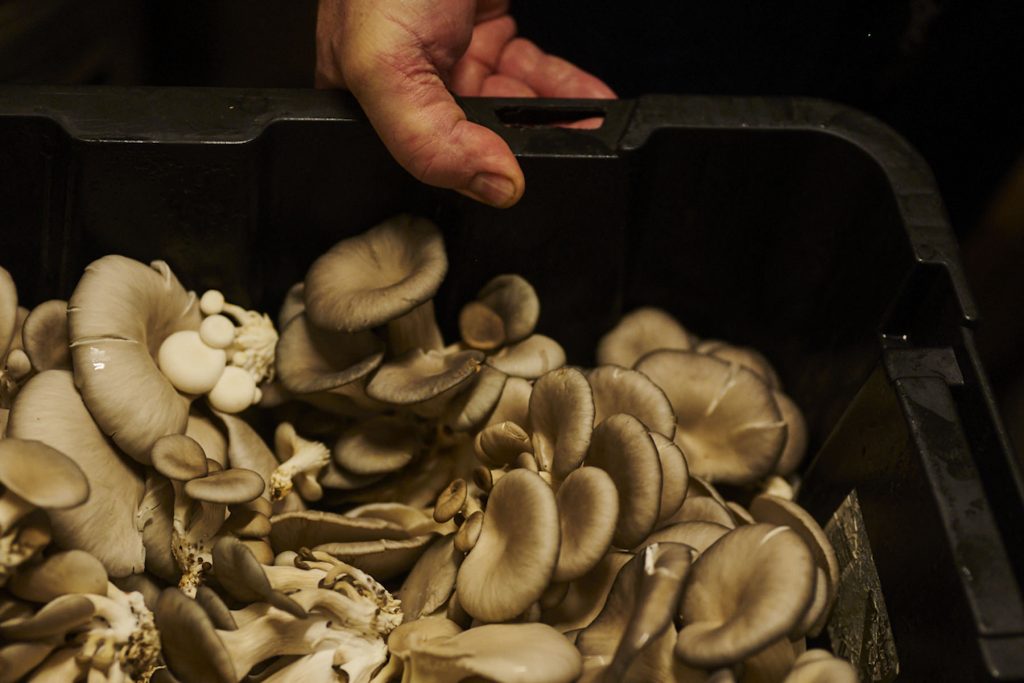
Utilise the landscape for a good purpose
When Two Before Ten took on the Aranda shops site the lease came with nearly an acre of land. This was an ideal opportunity to realise our dreams of bringing farming into the suburbs of Canberra. While we could have decided to landscape with pretty ornamentals or expand the carpark, the Urban Farm was a deliberate choice to make use of the space for environmental good. We allocated some land to local native plants to preserve wildlife diversity and slowly filled the rest with vegetable beds, herb gardens, fruit & nut trees and mushroom rooms. Shouldering the responsibility of producing our own food and the process of grow, harvest, eat, compost, return to the soil feeds into a more sustainable circular economy.
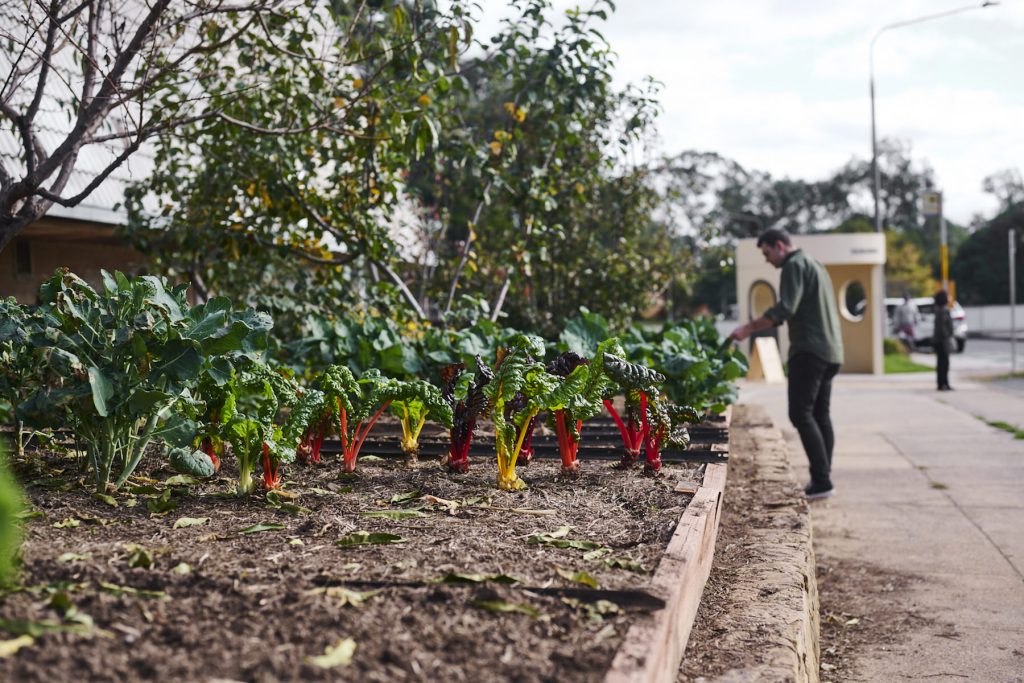
A community example of where our food comes from
The Aranda Urban Farm completely surrounds the old Aranda shops building, now home to the Two Before Ten café, 10 Yards gastro pub, workshop space, Illeso studio and Meet Gather Collect local homewares store. Paths interweave between the garden beds, and fruit trees shade the beer garden in the afternoon. Members of our local community can wander through the Urban Farm, coffee in hand, observing the growing process and seeing exactly where their brunch comes from. It's a joy to see families spotting new fruits together and hearing regulars admiring the bok choy.
Often our modern society is too disconnected from our food sources. We believe having this close and tangible example within the Aranda (and wider Canberra) community is of intrinsic value.
